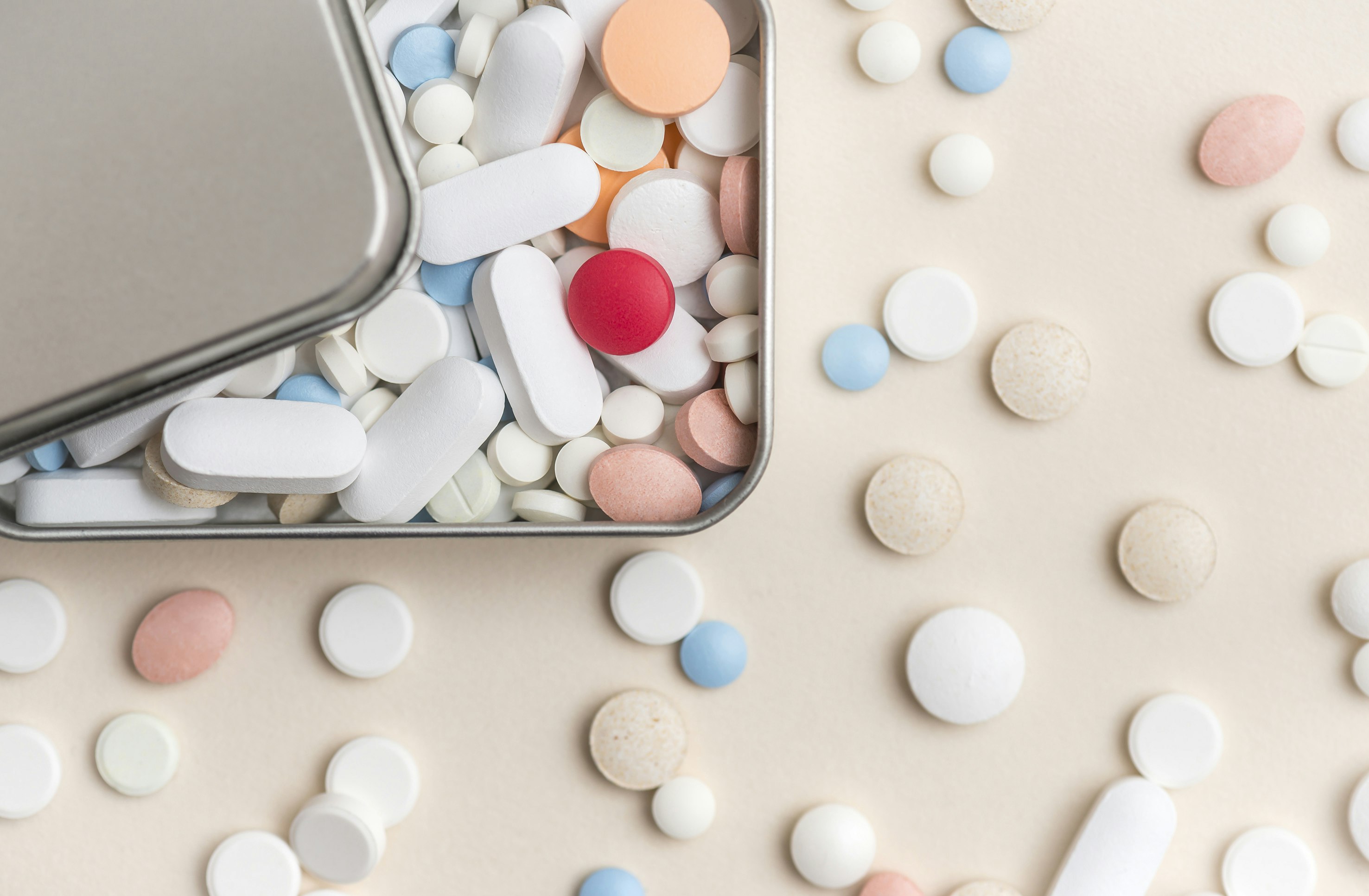6 Ways Technology is Changing Pharmacy Services

The efficiency of workflow is especially important in a pharmacy, where customers may only have a limited time to wait for service. Fortunately, technological advances are improving this industry, just as tech is improving other aspects of healthcare. New systems are enabling pharmacies to provide better resources to their employees, which means customers can benefit from improved service.
Improved E-Verification Systems
While pharmacies strive for efficiency, they also have to take the time to ensure that every patient is receiving the right medication in the prescribed dosages. Traditionally, this involved a system of inputting the information, filling the prescription, a technician visual check of the prescription, and a pharmacist visual verification. While this process was once very time-consuming, modern technology has made it easier and faster to process a prescription. Technology similar to the PACS (Picture Archiving and Communication System), in use at hospitals provides digital images that make it easier for the tech and pharmacist to verify the prescription. Some systems require the techs to check off boxes to ensure each prescription has been verified, increasing efficiency with a simpler system.
Pill Counters
Another improvement in pharmacy service has been the implementation of machines specifically engineered to count out individual doses. This serves as a method for verifying the technician's count was accurate. The pills are poured onto a tray and examined by the machine for accuracy. The machine ensures that the correct medication is being provided and that the pill count is correct. Any discrepancies, such as incorrect medications or broken pills, will result in an error report.
Battling Substance Abuse
A major concern throughout the healthcare community is the growing problem of drug addiction, especially as it relates to prescription opiates. The implementation of data analytics has helped the government and healthcare industry identify the misuse of opiate pain killers, especially where one prescriber may seem to be operating a pill mill. Excessive prescriptions for certain drugs can be identified and flagged by the system, alerting a pharmacy to at-risk customers. The system, called electronic prescribing of controlled substances (EPCS), is still in its infancy, but it's expected to be implemented in pharmacies across the country within a short time.
Telepharmacy Services for Rural Areas
The digital revolution has made life more convenient for millions of people. For millions of others, it has brought much needed services to their rural or remote locations, where they might not otherwise have benefited from the same services others take for granted. One such service is the telepharmacy, which brings pharmacy services to the internet. Individuals in remote locations can fill prescriptions, which will be mailed to their location. Additionally, they can consult with real pharmacists about their medication or medical concerns.
EHR Analytics Help Pharmacists Serve Customers Better
By now, most hospitals already make use of an EHR (Electronic Health Record) system, but pharmacies around the country are finding this system beneficial as well. They can track patient histories to get a clearer picture of their current state of health. This can help them develop or contribute to wellness plans that can improve the patient's quality of life. Making use of this data can help the pharmacy provide better service to its customers.
The Use of Analytics in Pharmacies
A pharmacy is a business and, just like any other business, each pharmacy has competitors, which may be local, regional, or national. This makes it important for the pharmacy to identify how customers are finding them, why individuals are choosing them over other pharmacies, and what the business can do to improve its brand. For instance, some pharmacies have started offering apps that patients can download onto their smartphones, which let them know when it's time to take medications, when a prescription is running low, and can also let them send a refill request. While this type of system is certainly beneficial to the individual, it also collects data that helps the pharmacist offer more efficient and personalized services to each customer.
Making use of new tech innovations is helping pharmacies compete in the commercial marketplace, but also allows them to improve the services they offer. The use of modern technology and information systems help pharmacists service customers faster and significantly reduce the likelihood of errors in prescription refills. By customizing each individual's service, the pharmacy boosts its overall efficiency.